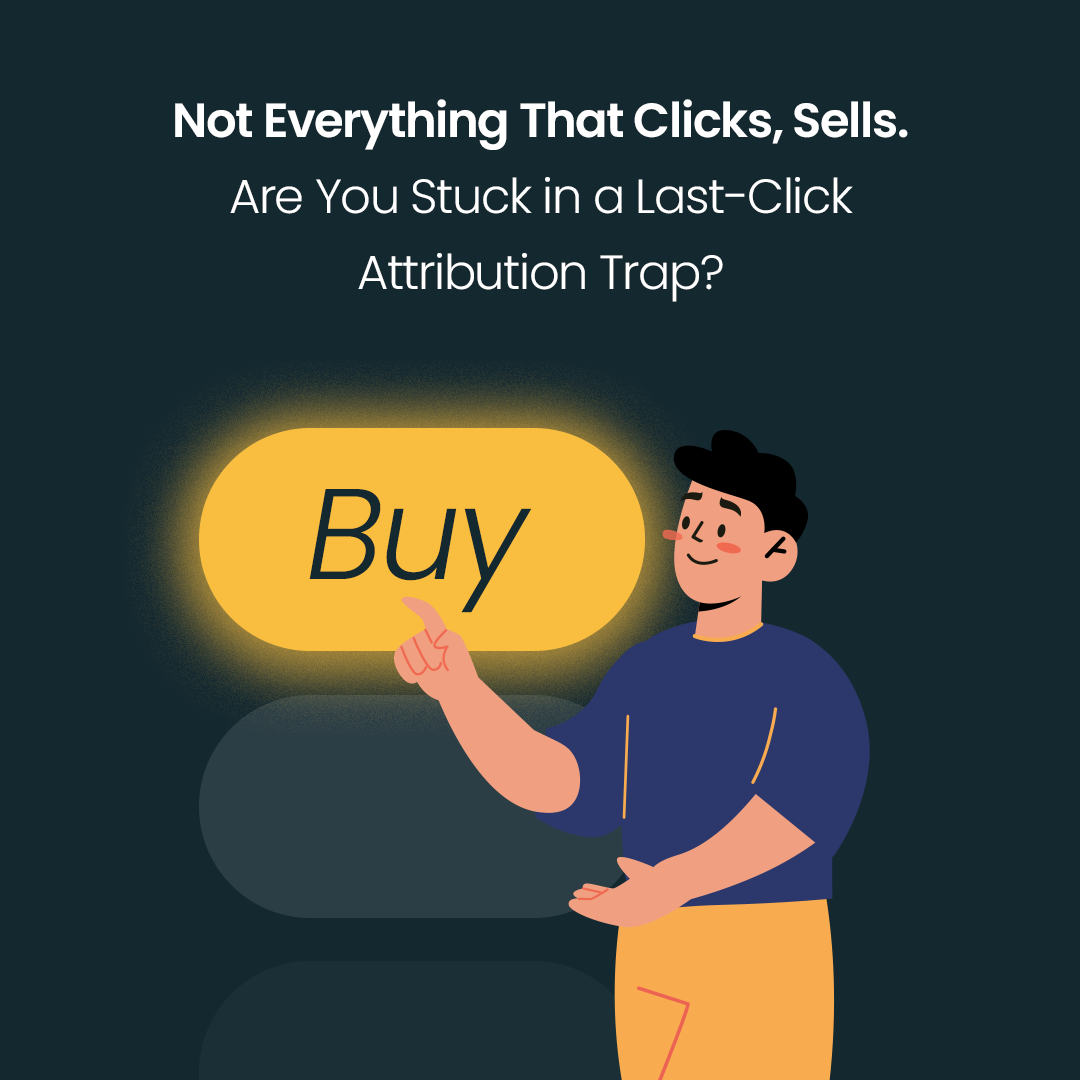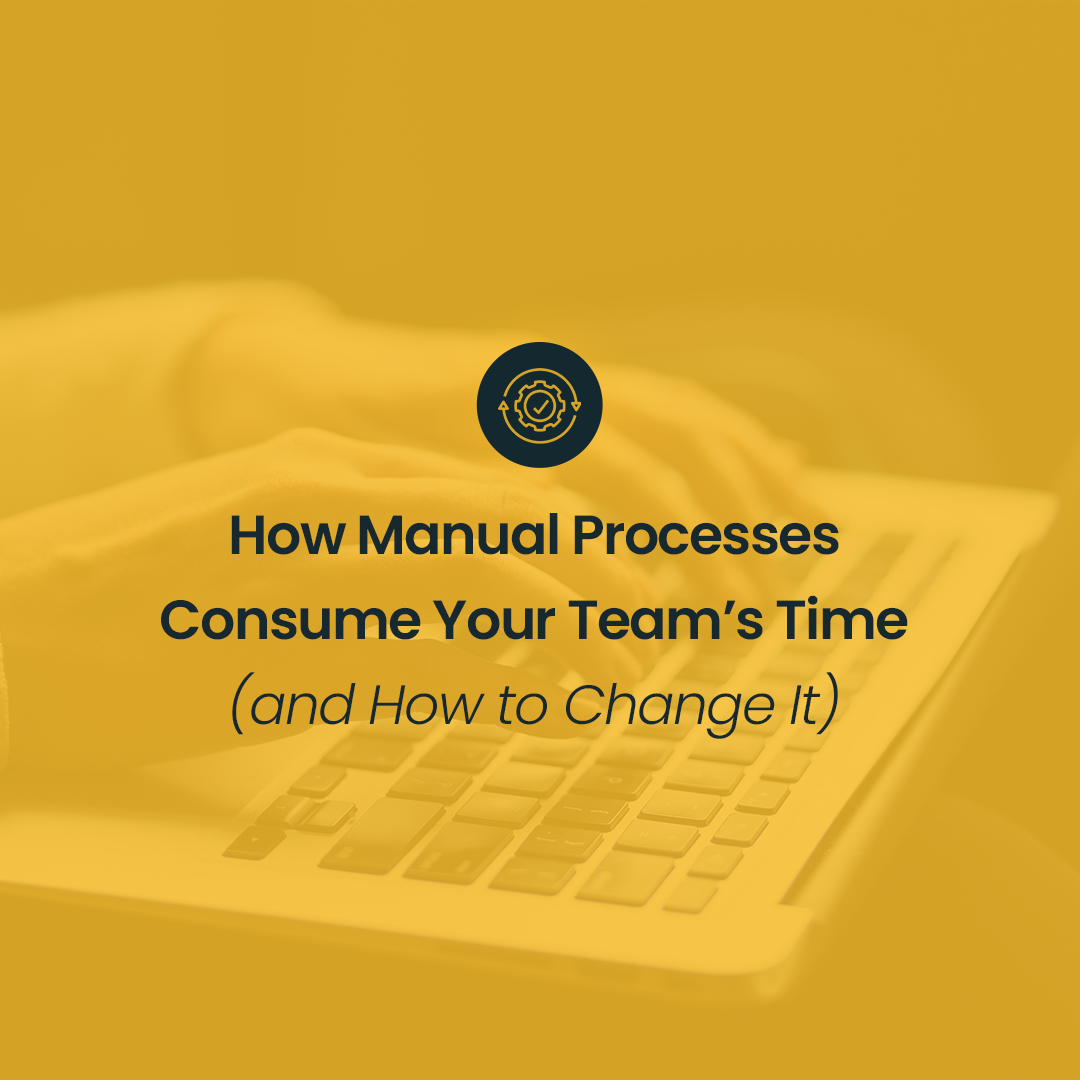In an ever-changing world, the needs and functionalities of the tools on which marketers around the world base their work are also constantly evolving. It is no different in the case of Campaign Manager 360, which constitutes both a foundation and an integral part of the GMP platform. Recent months have brought several changes that are worth getting familiar with. It is also worth reviewing the basics of Campaign Manager 360.
So how does Campaign Manager 360 work, and what can we find in it?
Campaign Manager 360 itself can be described as an ad server. It is a system built to display and count advertising traffic from independent sources, ultimately presenting consistent and aggregated results of our activities. This function is an overarching one, which means that to reap the benefits the system has, we should first start by displaying or counting our activities with CM codes.
The following does not need an introduction – probably every person in the industry has encountered the syntax underneath at least once…
<A HREF=”https://ad.doubleclick.net/ddm/…
It is in a way a “fingerprint” of Campaign Manager 360. Having once been considered a big novelty, a system not necessarily for everyone is currently a “slayer” of the good old, popular measuring systems on the market. The strength and success of Campaign Manager 360 can be demonstrated by the fact that it is constantly used by global brands and businesses that would not be able to carry out centralized advertising activities without the capabilities provided by the system.
Serving and measuring campaigns is not enough!
The base function is, of course, to display and measure campaigns of almost any type. This means activities that use display, video, and audio creations as well as dynamic ones based on data files (feeds). Despite its advanced functionalities, the panel remains easy to use, so administering campaigns remains a truly uncomplicated process.
Without having vast resources, in a matter of minutes, we can prepare an elaborate campaign structure (placements, creatives, and tracking or emission codes), which, when used to promote a brand or a product, will allow us to collect data on the effectiveness of these activities.
Here we will refer to the analytics module, which will allow you to analyze the data in the following steps. At its basic level, it allows you to compare purchased traffic in terms of visibility rate, click-through rate, or the display itself. Such data allows the client to carry out optimization activities which can be used to determine the effectiveness of individual ads (advertising formats) broken down by publisher, advertising environment, or geolocation.
When describing the analytics module, we cannot but mention the next component of Campaign Manager 360 – Floodlight (FL) codes – without which the current advertising world could not operate.
To briefly define it (we could talk about FL codes for hours), they are codes used to measure activities. Activities of all kinds – from measuring sales in a store, filling out a form to entering a single tab of an online store. If one so prefers, we can use them without any specialized “coding” to measure, for example, all the people who love to view or buy products in color red or products discounted 17% down. The benefits don’t end there, although acquiring leads and getting to know them thoroughly already gives us a great deal of knowledge – these codes also allow us to build audience groups, namely groups aggregating users from the website, which we can realistically use in advertising activities. Here comes the answer to the question asked in the title of this article – yes, it is the use of audience groups that allows us to truly save the budget.
Now, imagine a scenario, in which we run an online store and we have a group of our regular customers who do not need to be persuaded to buy. Let’s assume that a user who buys from our store operates on a cyclical basis. Suppose a customer who bought something in the store yesterday, will not be interested in shopping for the next two weeks.
Each of us has encountered a situation in which, while searching for information on a product that interests us, we fell into a never-ending “vortex of retargeting”, attacked from all angles through various promotional branches and affiliate programs, and were bombarded with ads even after we had already made a purchase.
If you are familiar with this issue and see this as a problem – Campaign Manager 360 is the solution. The use of built-in features and integration with other Google Marketing Platform tools allows us to protect our spending. Thanks to targeting and understanding our users, we can reach exactly those we want – by excluding the traffic of so-called “ghosts” (users who had completed a purchase) or by broadcasting campaigns to, for instance, customers with abandoned shopping carts.
What is new in Campaign Manager 360?
The last few months have been mostly about changes in the privacy policy, so all about Consent Mode (CMv2) and how the collected data can be used.
Campaign Manager 360, as you can read above, is very much all about data, so this is a major and noteworthy change. The modification mainly deals with how data is transferred and aggregated for further processing. This means building all sorts of audience groups and collecting information on campaign performance.
Improved Attribution and Enhanced Conversions, as they are being referred to above, add several improvements based on automatic parameters occurring in the codes which enhance the holistic view. This has a direct impact on the data flow between GMP components and the recognition of elements that are present along the conversion path while at the same time, maintaining full privacy.
Another feature to look out for is the direct integration with Google Analytics 4. This option appeared in the configuration of Floodlight codes. Its activation requires only the GA4 installation ID (from the level of CM360) or administrator privileges in both systems (integration from the GA4 account settings). The integration makes it possible to use GA4 conversions and attribution models from within CM360, and thus also enables to base bidding strategies while taking into account analytics data.
The features described above, while bringing significant changes and developments, also affect the existing functionality. Thus, it is important to mention the update that deactivates a part of the reporting module and the metrics within it. This is another step towards moving the reporting to the “Instant Reporting” module, which at this point becomes the only source of data for the reporting tab. The same change also applies to the Attribution tab, which currently no longer displays data and will be deactivated in the upcoming days.






